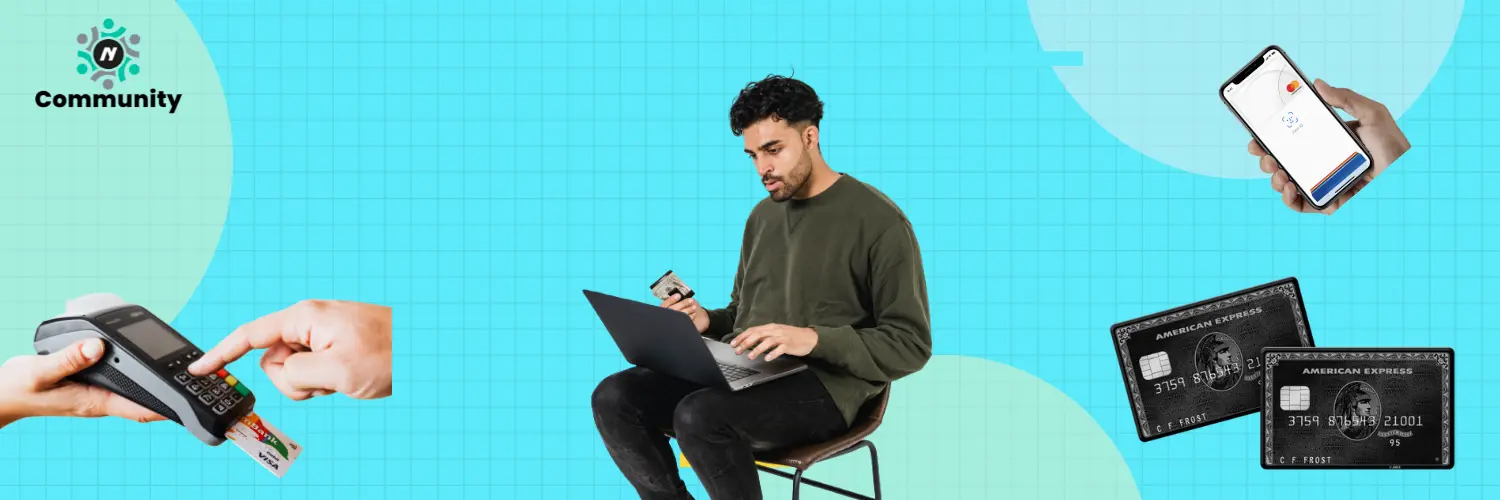
Top Credit Cards Ideal For College Students in the USA
Best Credit Card For College Students In USA 2024
The credit limit is the maximum amount of money a cardholder can borrow. It is set by the credit card issuer based on the individual’s creditworthiness, income, and other financial factors.
2. Credit Card Balance:
The balance is the total amount of money owed on the credit card, including both purchases and any interest or fees accrued. Cardholders can choose to pay the full balance or make minimum payments over time.3. Interest Rates: Credit cards often have an Annual Percentage Rate (APR) representing the card’s borrowing cost. If the balance is not paid in full by the due date, interest charges may apply to the remaining balance. 4. Minimum Payment:
The minimum payment is the smallest amount a cardholder must pay by the due date to keep the account in good standing. However, paying only the minimum can result in additional interest charges. 5. Grace Period:
The grace period is the time between the purchase date and the date when interest begins to accrue. No interest is charged if the full balance is paid within this period. 6. Rewards and Benefits of Student Credit Cards:
Many credit cards offer rewards programs, cash back, or other benefits for cardholders. These can include travel rewards, discounts, or points that can be redeemed for various perks.7. Fees:
Credit cards may have fees such as annual fees, late payment fees, cash advance fees, and foreign transaction fees. Cardholders need to be aware of these fees and factor them into their financial planning. 8. Credit Score Impact:
Credit card activity, including payment history and utilisation, can impact an individual’s credit score. Responsible use, such as making timely payments, can positively influence the credit score.
Understanding these concepts is crucial for responsible credit card use. When used wisely, credit cards can provide convenience, financial flexibility, and the opportunity to build a positive credit history. However, misuse can lead to debt and negatively impact one’s financial well-being.
2. Discover it® Student Cash Back: Best for rotating quarterly bonus categories (up to 5%!) and student cashback match for the first year. No annual fee.
3. Capital One SavorOne Student Cash Rewards: Best for dining and entertainment, earning 3% back on those categories and 1% on everything else. No annual fee.
4. Capital One Quicksilver Student Cash Rewards: Best for flat-rate cashback (1.5% on all purchases). Ideal for those who don’t want to track categories. $39 annual fee.
5. Bank of America® Travel Rewards credit card for Students**:** Best for established credit, offering travel rewards and airport lounge access with a high spending requirement. $95 annual fee.
6. Chase Sapphire Preferred® Card: Great for travel enthusiasts, but requires good credit and higher spending. Offers points that can be transferred to airlines and hotels. $95 annual fee.
7. Capital One Quicksilver Student Cash Rewards: Easiest for students with limited credit history to get approved for. $39 annual fee.
By choosing a student credit card in the USA wisely and using it responsibly, students can lay the foundation for a healthy financial future. It’s crucial to prioritise financial education, make timely payments, and be aware of the terms and conditions associated with the chosen credit card. With the right approach, a student credit card can be a helpful tool in achieving financial independence and building a solid credit history.
Did You Know?
✳️ A 2023 study by the Federal Reserve Bank of New York found that 72% of adults in the US have at least one credit card. (survey by: National Foundation for Credit Counseling). The National Foundation for Credit Counseling’s 2023 survey suggests that 31% of Americans have three or more credit cards.
Factors To Consider Before Choosing a Student Credit Card in the USA
Choosing the right student credit card in the USA can be tricky, but finding one that fits your needs and spending habits is important. Here are some key factors to consider: 1. Eligibility:
- Age: Most U.S. credit card issuers require applicants to be at least 18 years old.
- Credit history: Many student cards are for those with limited or no credit history, but some require good or excellent credit.
- Income: You may need to demonstrate some income, either through part-time jobs, summer work, or a co-signer with good credit.
2. Fees:
Annual fee: Many student cards have no annual fee, which is ideal.
Foreign transaction fees: If you plan to study abroad, avoid cards with foreign transaction fees.
Late fees: These can add up quickly if you miss payments, so choose a card with reasonable late fees.
APR (Annual Percentage Rate): The APR is the interest rate you’ll be charged on your unpaid balance. Choose a card with a low APR, ideally below 20%.
Grace period: Some cards offer a grace period, which is when you must pay your balance in full before interest is charged.
4. Rewards and benefits:
- Cash back: Many cards offer cash back on purchases, which can help you save money. Consider your typical spending categories to find a card with good cashback rates in those areas.
- Travel points or miles: A card with travel rewards could be a good option if you like to travel.
- Other benefits: Some cards offer additional benefits of student credit cards like extended warranties, purchase protection, or rental car insurance.
Be honest with yourself about your spending habits. Don’t choose a card with high rewards if you know you’ll struggle to pay it off each month. Track your spending for a month to see where your money goes. This will help you choose a card that offers rewards in the categories you spend the most in.
Frequently Asked Questions







